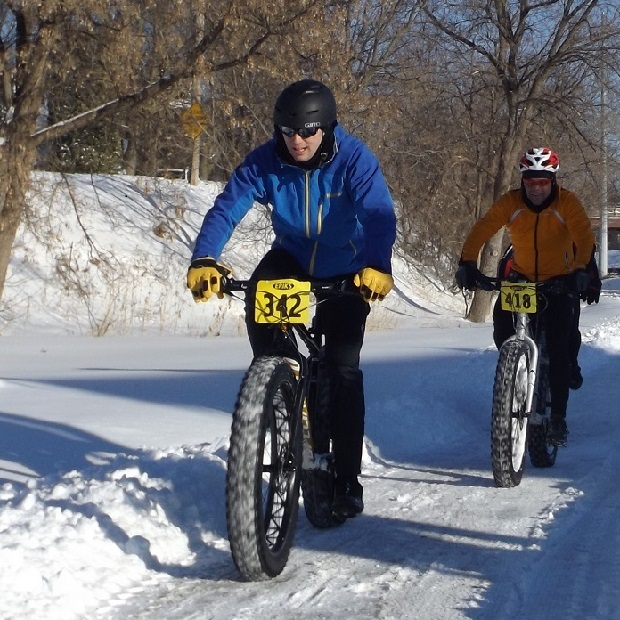Tag: Winter cycling
-

Global Fat-Bike Day brings old and new friends together
Are you ready? The worldwide Global Fat-Bike Day helps to bring outdoor enthusiasts together to ride and make new friends. This year, on Saturday, December 7th, several rides will be held here in the upper Midwest to honor this event’s mission. Check them out!
-

Bike Pic Feb 03, layered winter clothing makes riding fun
This Friday, in the cold weather, layer your clothing to stay warm
-

First Impressions of Sealskinz’ Super-visible Halo Overshoe
The pond in my back yard is frozen, the leaves are off the trees and the snow blower is ready. These are all signs that Minnesota is firmly in the act of becoming the ice planet Hoth, as history suggests. Happily, my transition into winter has been cushioned. I have some fine products to test,…

